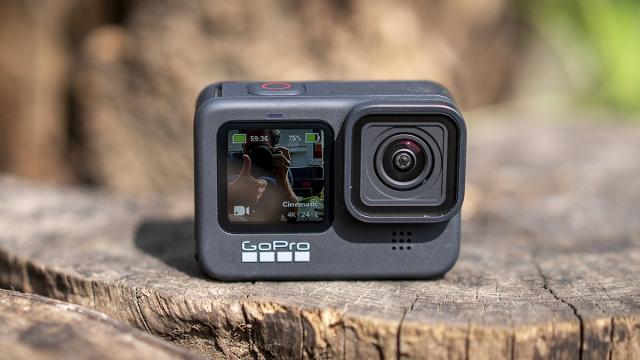The GoPro Hero 9 Black looks like an impressive action cam, but if you don’t have the spare cash to invest in one, you can get some of the same results using the video camera you’ve already got in your pocket: your smartphone.
And we’re not saying your smartphone can beat the quality of a GoPro — at least not in a lot of circumstances. For high-resolution, super-steady footage from a small unit that can be fitted just about anywhere, the action camera is still usually going to be the best choice. But you can turn your phone into a more viable alternative. Here’s how.
Hardware Accessories
When it comes to hardware, video stabilisation is key. Some top-end flagships now come with rather impressive video stabilisation built in, including the iPhone 11 and the Galaxy S20, so it’s worth checking out the native features you’ve already got access to.
If your phone needs a little help in the video stabilisation department, the $240 DJI OM 4 is one of the best in the business. The accessory offers a magnetic attachment, the ability to actively track subjects, and a variety of creative effects (including a time-lapse mode) besides the all-important gimbal technology. In terms of features and the improvements it can make to your video, it’s hard to top.
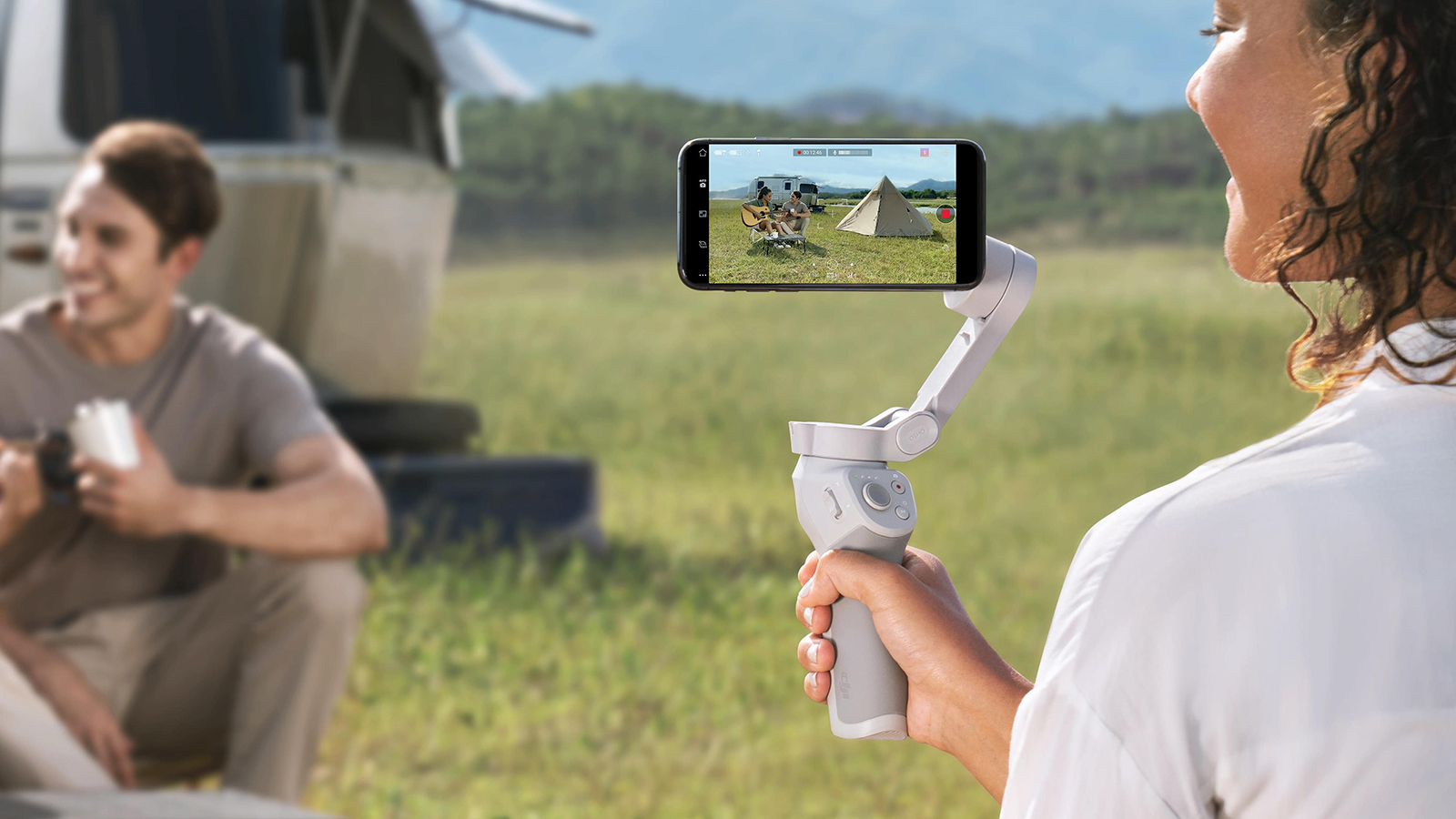
The $99 Zhiyun Smooth X gives some budget competition to the DJI gimbal. For about half the price, you get remote Bluetooth control of your phone, an app that provides plenty of fun effects to play around with, and a lightweight, foldable design that isn’t difficult to carry around with you. It might not get results that are quite as good as the DJI model, but it’s still worth considering.
Clip-on lenses can also help you get more of a GoPro-like effect from your smartphone camera. The Olloclip range is usually good value for the money, including a variety of super-wide and macro lenses that can help you capture the perfect video every time. Most products are built especially for the iPhone or Samsung Galaxy phones, but there are universal lenses available, too — like the $65 fish-eye and macro lens.
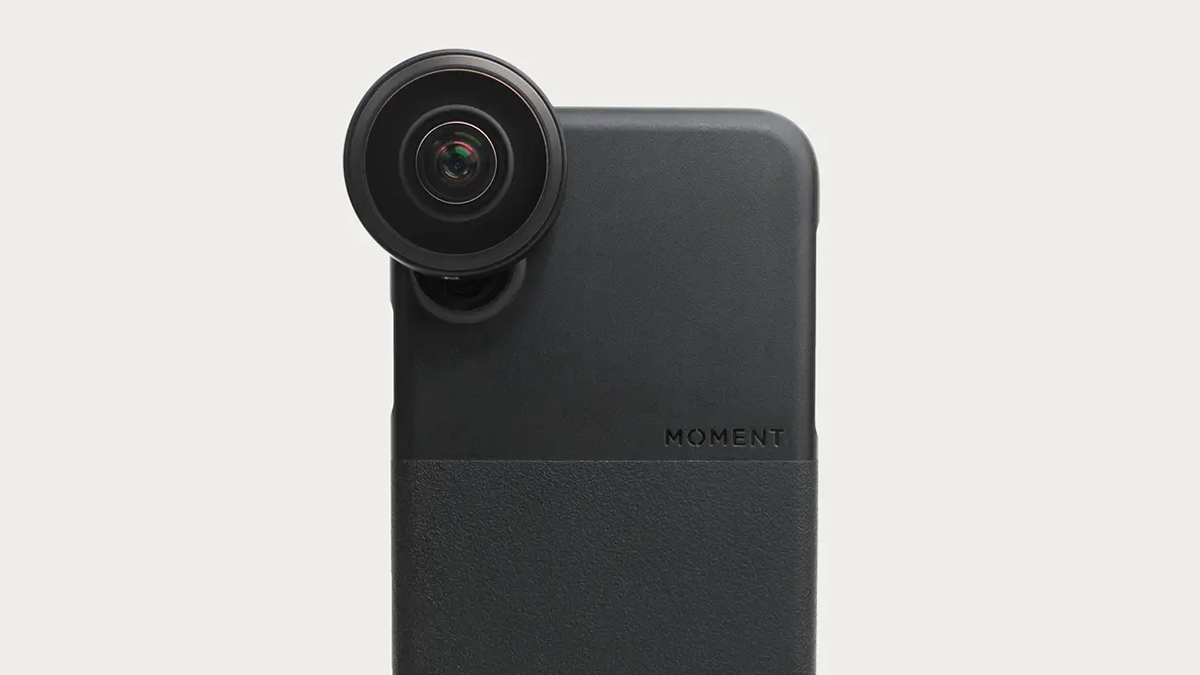
The $145 Moment Fisheye lens should be on your short list of possibilities as well, adding a 170-degree field of view capability that is likely to be significantly higher than anything your smartphone can offer natively. It’s compatible with a variety of phones, including the latest iPhones, Pixels, Galaxies and OnePlus phones, and it’ll even work with the night mode on your handset as well, thanks to its superior optics.
One of the other advantages of a GoPro is the ease with which you can attach it to almost anything — from a ski helmet to a car bonnet. Finding similar attachments for phones can be tricky, but it’s not impossible if you search for accessories specific to your particular handset make and model. As you would expect, the more popular the phone, the more accessories you’ll find for it.
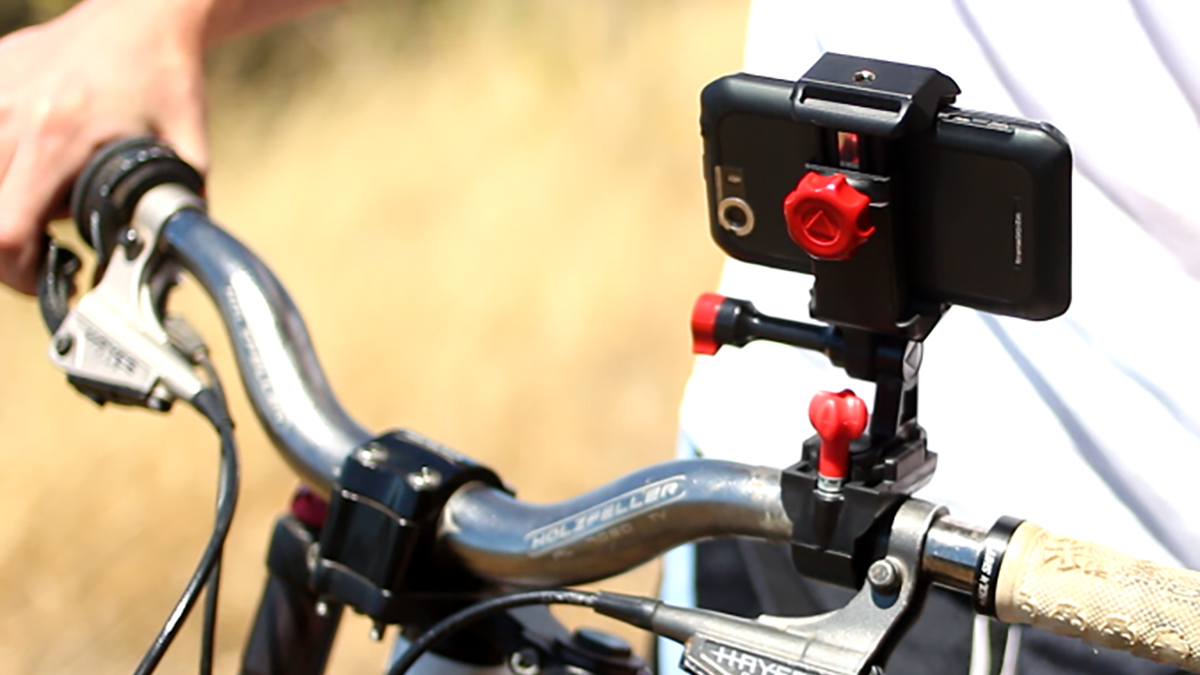
VelocityClip offers an impressive selection of mounts for different phones and different purposes. The options cover bikes, helmets, cars, chest and head straps, and just about everywhere else you’d want to put a camera mount. The cheapest options start at around $30. Armour-X also has a good range of options, combining cases and mounts to fit most scenarios from around $20 and up.
Speaking of cases, they’re handy optional extras, just to get that ruggedness and protection you have with a GoPro action cam — especially if your phone isn’t waterproof or dust-resistant out of the box. You have plenty of choices to pick from when it comes to cases, of course, especially if you’re using a popular Apple or Samsung handset. Gear4, Speck, OtterBox and Tech21 all have options worth investigating.
Software Apps
On the software side, the actual GoPro Video Editor app for Android and iOS would seem like a logical place to start: It’s designed primarily for loading up video from an actual GoPro device, but it can also work with footage captured by your phone as well. You can even add the GoPro logo at the end to make it look like your video was recorded on an actual action camera.
While GoPro Video Editor doesn’t give you the same frame-by-frame control as you would expect on a traditional desktop app, you can apply crops and filters, stitch together and trim down scenes, overlay audio, and insert titles. In terms of what’s possible on a mobile device, it’s an impressive package.

Quik for Android and iOS, also made by GoPro, is a video editor that takes even more control in terms of automations and wizards. All you really need to do is pick the videos (and photos) that you want the app to work with, choose a theme template from those available, and the app will take care of the rest — even down to choosing audio clips to overlay on top.
There are still a limited number of editing options if you dig deeper into Quik, though: It’s possible to add text overlays, trim video clips down, and change the speed of clips where necessary, so you can quickly put together a professional-looking video that matches the mood you were going for. In this case you get the Quik title outro rather than the GoPro one (and you can disable it if you don’t like it).
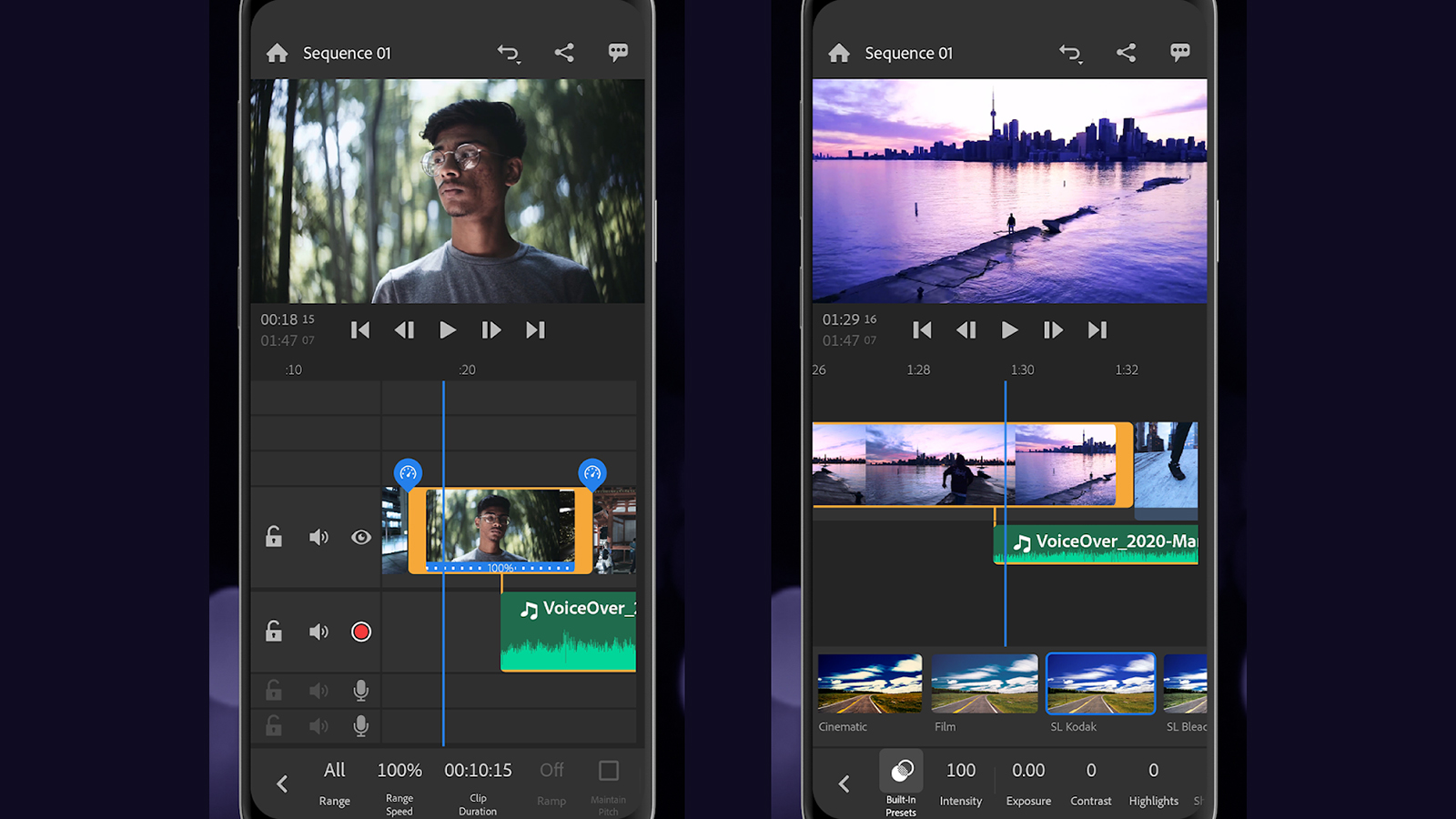
For a more advanced filmmaking app, Filmic Pro for Android and iOS will set you back $20 but comes with a whole host of powerful features and tools to get your movies looking their best. The app brings with it more granular and live control over settings such as white balance and saturation, convenient zoom controls, support for both slow and fast motion, and plenty more.
Adobe Premiere Rush for Android and iOS uses a more conventional timeline-based approach to video editing, though it’s still fast and simple to use. It’s designed to help you get clips up on social media as quickly as possible, but it’s capable of producing all kinds of videos for all kinds of scenarios, with features like speed adjustments and music overlays. The more advanced features in the app require a $7/month subscription, though you can use it for free (and it’s free if you’re a Creative Cloud subscriber).
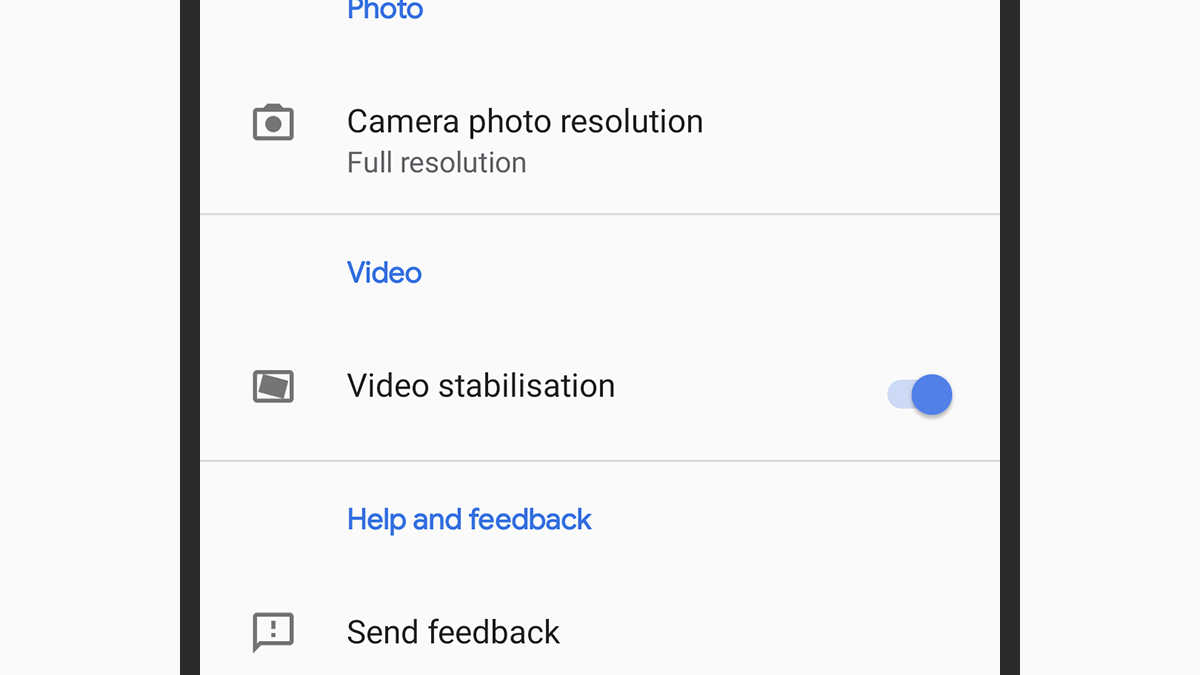
It’s also important to familiarise yourself with the controls that you get natively with the default camera app on your phone. In the case of the Google Pixel, with the video mode activated, swipe in from the side of the screen then tap the cog icon to access the relevant settings. One is Video stabilisation, which you should keep on.
Over on iOS, the video stabilisation feature is always enabled if it’s available on your iPhone — you can’t turn it off, it’s just applied all the time. You can, however, access a few related features and settings, including the slow-motion mode and the resolution you’re recording in, by opening Camera from the Settings menu.
